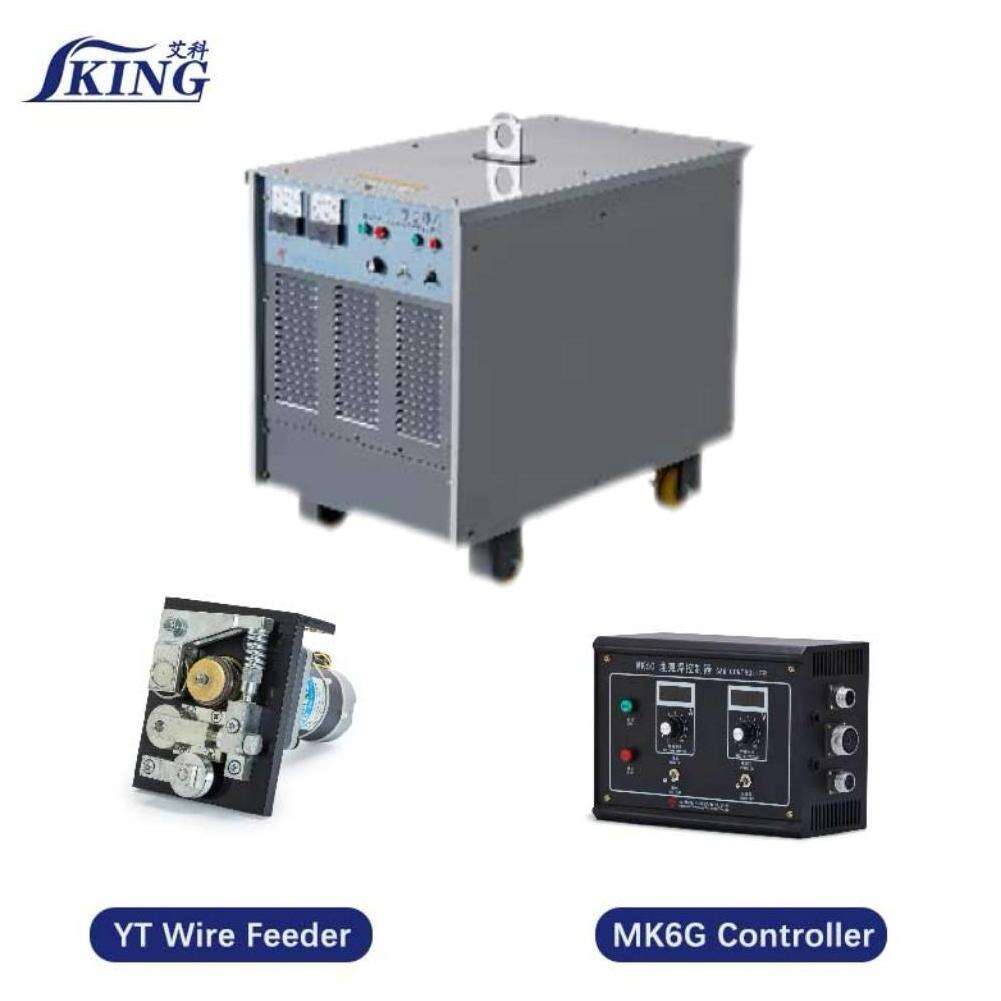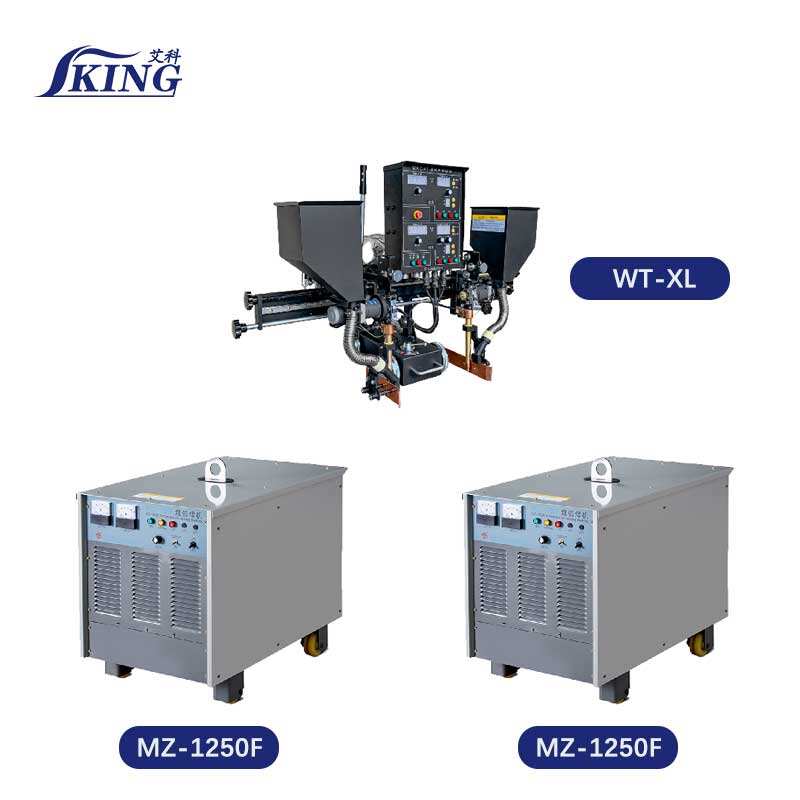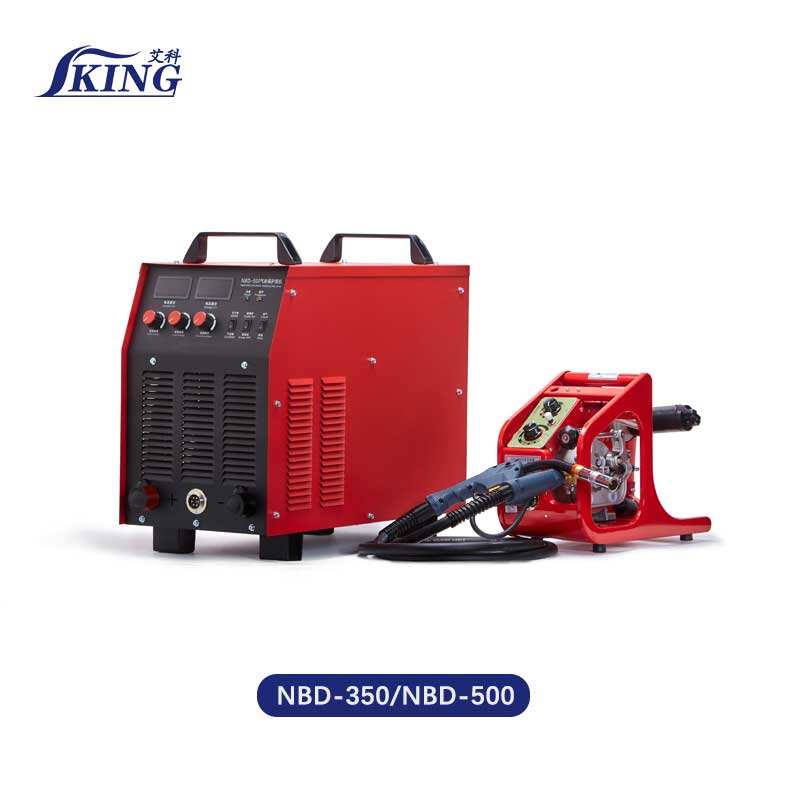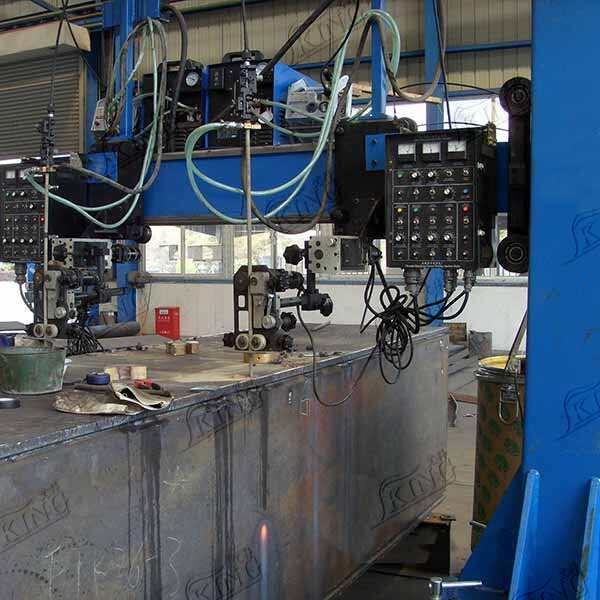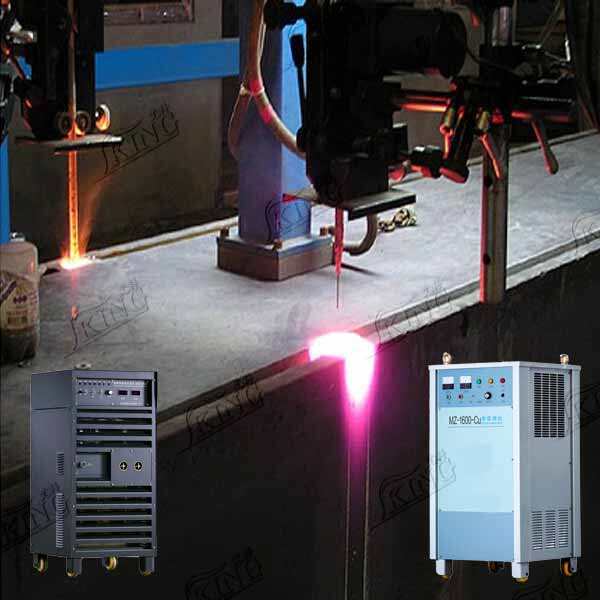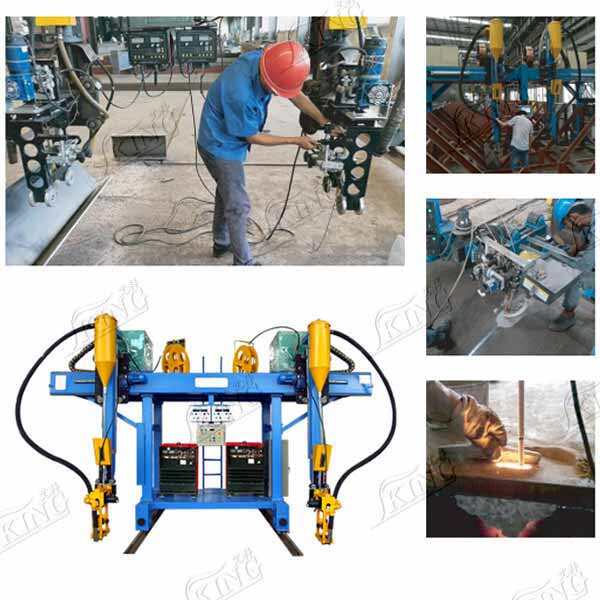electroslag welding technique
Electroslag welding is a highly specialized vertical welding process that revolutionizes the joining of thick metal sections. This advanced technique utilizes electrical resistance heating and a molten slag bath to create high-quality, deep-penetration welds in a single pass. During the process, an electric current passes through a conductive slag bath, generating intense heat that melts both the filler metal and the edges of the workpiece. The molten metal then solidifies to form a strong, uniform weld. The process is particularly effective for materials ranging from 1 to 12 inches in thickness and is commonly used in heavy industrial applications. The technique employs a water-cooled copper mold to contain the molten metal and slag, ensuring precise control over the weld pool. This containment system also helps maintain consistent temperature distribution throughout the weld zone, resulting in superior metallurgical properties. Electroslag welding stands out for its ability to complete thick-section welds in a single pass, significantly reducing welding time compared to traditional multi-pass methods. The process is highly automated, requiring minimal operator intervention once initiated, which ensures consistent weld quality and reduces human error.

